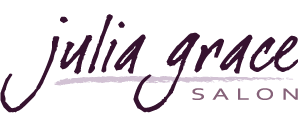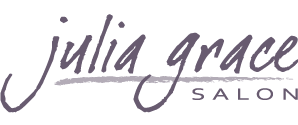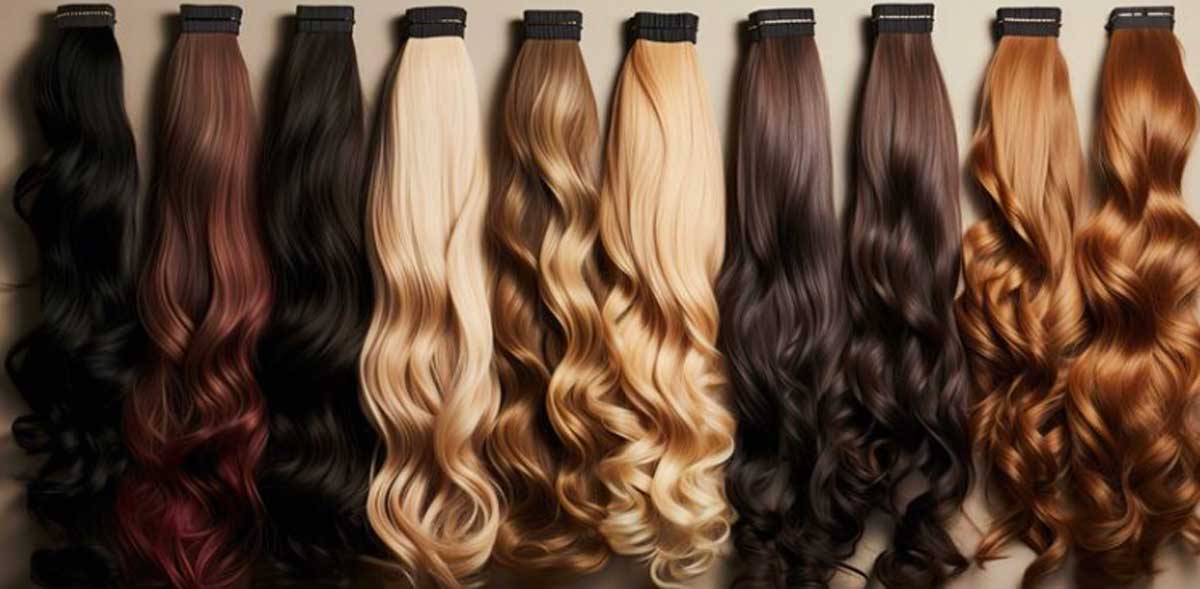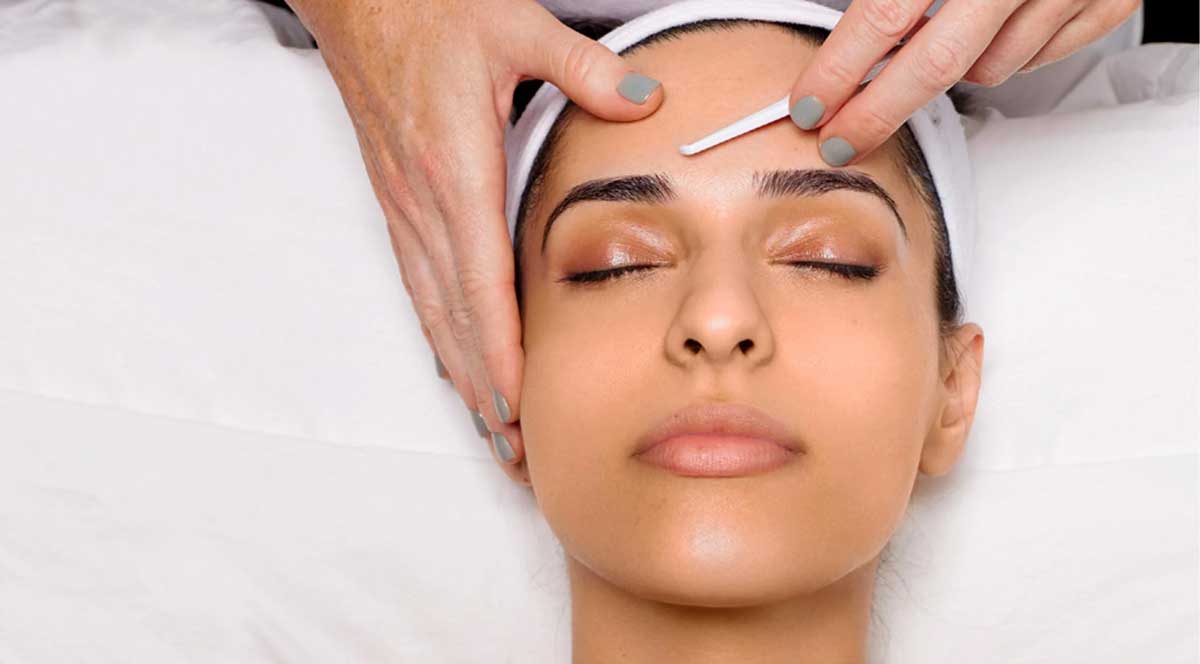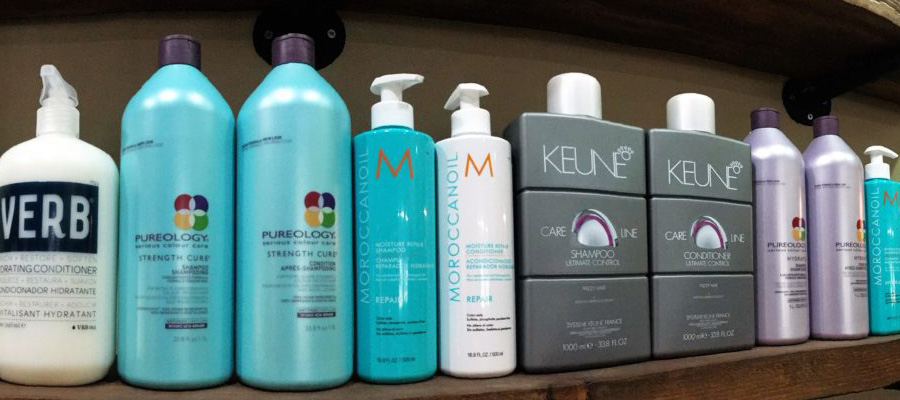
The Truth Behind The Grey Market
Working in the salon industry, I have learned a lot about the buying and selling of beauty products.
Many beauty products are meant to be purchased by consumers at MSRP (manufacturer’s suggested retail price) only from licensed hair stylists and salons. When they are sold outside of salons, many times at a cheaper price, they are in what is known as the Grey Market.
Grey market goods are legal, non-counterfeit goods diverted outside normal distribution channels and sold by entities which may have no relationship with the producer of the goods. Diverted goods pop up in stores like Walgreens and Target and on websites like Amazon.com.
Why does it matter who sells beauty products?
When it is the same exact product that is being sold (not old, not counterfeit), it hurts us salons by taking away from us earning money. When it is old or counterfeit product, the consumers could be harmed. When you buy from a place other than a salon, you have no idea what you are getting. The shampoo or body lotion you are putting on your body could be mixed with other cheaper ingredients.
Worse, something with natural products that have an expiration date could be sold long after that date has passed.
My husband had his first experience with the Grey Market of beauty products recently. There is a brand of body lotion he likes that I usually buy at Ulta stores. He recently found it on Amazon.com for a cheaper price and, as an Amazon Prime user, he could get it in two days. I told him all about the Grey Market and why he shouldn’t buy this lotion from Amazon.com, but he, like a lot of consumers, didn’t care.
So the lotion showed up two days later and it was in different packaging than we were used to. The brand had repackaged their products a while ago, and what we got was the old packaging. That was clue number one that we weren’t getting a recently produced product.
The second clue was that there was a sticker over the bar code; a very common practice for Grey Market goods.
My husband came out lucky this time. The only difference we noticed was the lotion from Amazon.com was a little bit thicker than we are used to. Sometimes grey market products can be a different color or smell when mixed with other ingredients or it has expired. Since it came in older packaging, I’m pretty sure it was a just product that got too old to keep on shelves.
How do we combat diversion in this industry?
Distributors make many salons sign anti-diversion contracts before they are allowed to purchase certain product lines. The contract states that the salon won’t sell the products outside of the salon. Many companies are starting to include special QR codes or other hard-to-see bar codes on products to track their sale and purchase to combat diversion. If their product is found outside of a salon, they will be able to scan that product to find out who originally bought the product and diverted it to the grey market.
What can you as a consumer do to combat diversion?
First of all, only buy beauty products from licensed salons. Beyond that, many product lines have a toll-free number to call and report diversion.
If you see a salon-only brand at a store like Walgreens, Target or Bed Bath and Beyond, you can call the toll-free number and they will have someone
remove the product from the store.
Brand websites are a great place to go to find out recommended retailers.
Just click on the “where to buy” or similar page.
